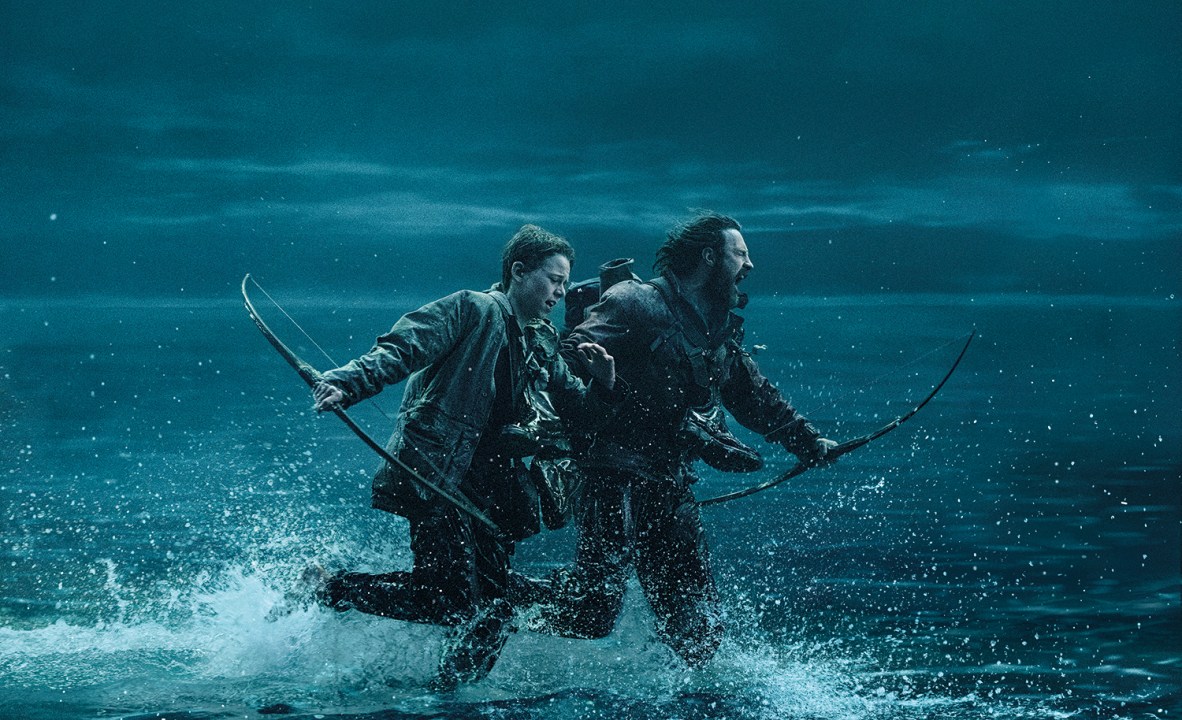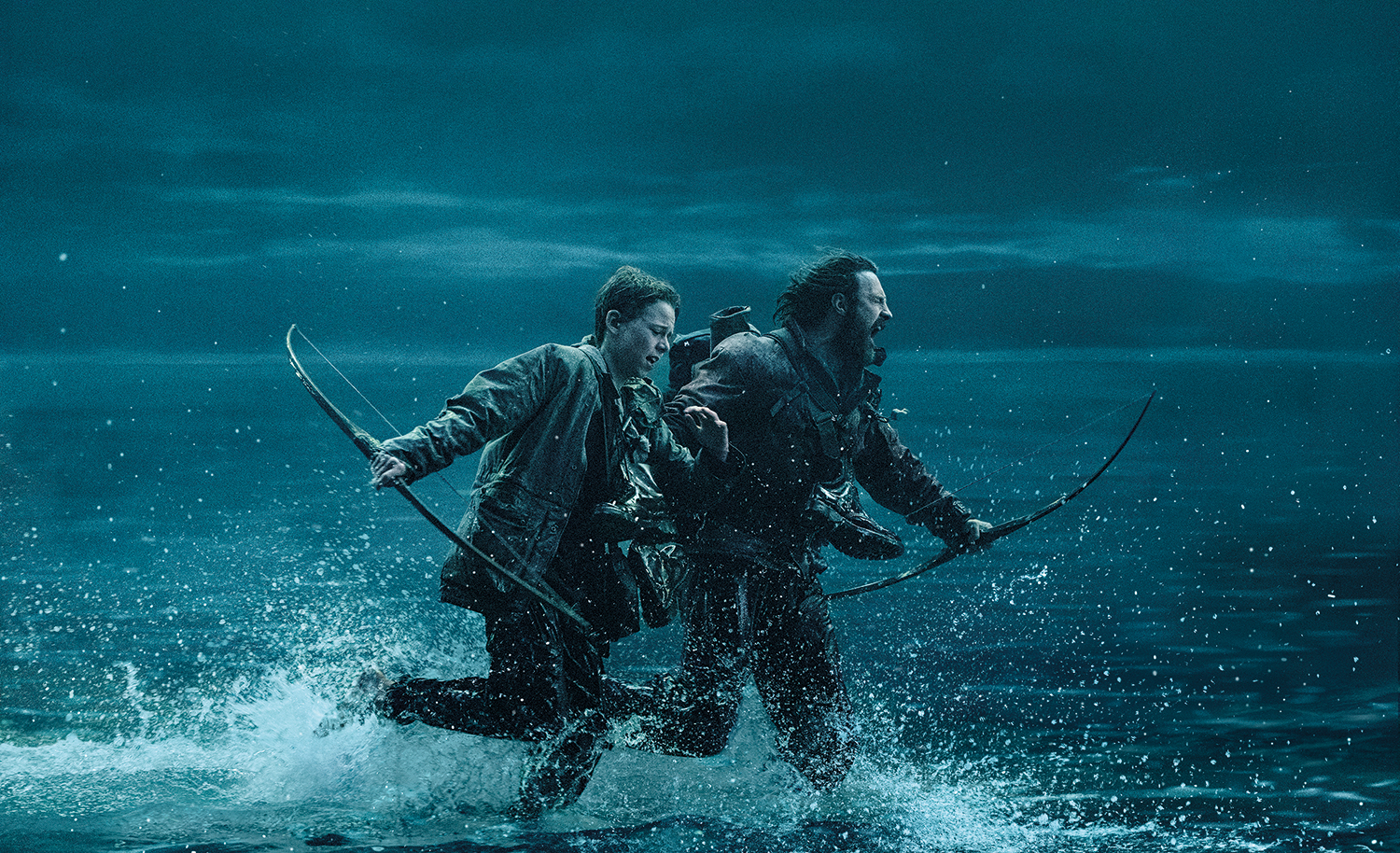
First it was 28 Days Later (directed by Danny Boyle, 2002), then 28 Weeks Later (Juan Carlos Fresnadillo, 2007) and now Boyle is back at the helm with 28 Years Later, which is, as I understand it, the first in a new trilogy. This post-apocalyptic horror franchise could go on for ever. As the last film was generally (and rightly) regarded as a desultory cash grab, there is much riding on this one. The verdict? It’s entertaining but not outstanding. The biggest surprise is its tonal swerve into sentimentality. Jodie Comer and Ralph Fiennes, however, bring character and heft and, just to put your minds at rest, yes, it’s as magnificently bloodthirsty as ever.
Just to put your minds at rest, yes, it’s as magnificently bloodthirsty as ever
What you will most want to know is: 28 years after the ‘rage virus’ was let loose from a chimpanzee laboratory, where the hell are we? We’re on an island off England’s northeast coast where a group of survivors have retreated. The virus, we are told, has been contained in the UK while the rest of the world has abandoned us, which is mean. The film is also a family drama, with, at its centre, a dad (Aaron Taylor-Johnson), a mum (Comer) and their son Spike (Alfie Williams). Spike is now 12 and must embark on a hunting trip to the mainland with his father to learn how to kill ‘the infected’. This seemed like madness to me, but there you are.
The ‘infected’ are not zombies as they’ve never been dead so can’t be undead – I’m a stickler for this sort of thing – but they’re certainly zombies to all intents and purposes, with their cravings for human flesh and blood. We have skinny, naked, screeching ones who lurch awkwardly (or sprint fast, best of both worlds) and fat, slow ones who crawl the forest floors like Sumo wrestlers with grievous psoriasis. ‘There are some strange people on the mainland,’ Spike’s father tells him at one point. You don’t say?
There’s jeopardy, jump scares and gory moments – such as intestines spilling out of mauled bodies – in freeze-frame. From what I could tell – through my fingers – one of ‘the infected’ gets an arrow straight to the penis, and while I’m not rooting for them, what an unpleasant way to go. I’d heard that ‘the infected’ had mutated to be more intelligent but I couldn’t see too much evidence for that. The tonal switch happens midway through, when it stops being a father-son story and becomes a sentimental mother-son one. Which means they go on a quest together that brings them into the orbit of Fiennes’s character. And while I daren’t say too much it does look as if he’s been Tango’d. The audience tittered when he first appeared but I hope they were appreciative (after Conclave, I can forgive him anything).
Boyles’s extensive use of an iPhone gives it the shaky look fans of the original will welcome, while the soundtrack features a brilliantly deployed, century-old recital of Kipling’s poem ‘Boots’. It could be smarter, with less of a kill-or-be-killed narrative, and I would have liked a crib sheet. Who gets to become a fat Sumo and who doesn’t? The second film made a big deal of some people becoming contaminated without symptoms, and that’s just gone away?
But Comer and Fiennes bring depth – and you can sense some fun was had. The ending, alas, isn’t an ending, but a set-up for the next one. I now realise the sequel was filmed simultaneously and is due for release in January. It’s called 28 Years Later: Bone Temple. That’s cheating, to my mind, and if it picks up where we leave off, shouldn’t it be 28 Minutes Later? Get a grip, lads. Get a grip.








Comments